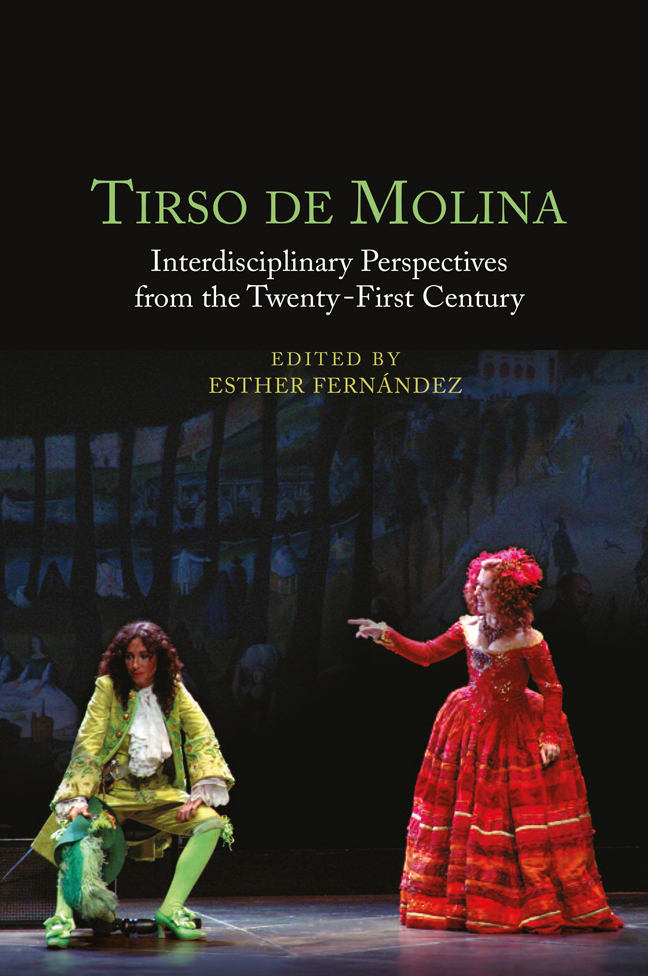14 - The Impossible Lockdown: Tirso de Molina’s Lessons in Domesticity
Published online by Cambridge University Press: 02 March 2024
Summary
There are a substantial number of comedias by Tirso de Molina that portray a rather complex image of the baroque house. Those plays are mostly of the cloak-and-sword genre. They recreate through various visual, kinetic, and verbal strategies the baroque nature of domestic space. Most frequently, the image of the house encompasses perceived connections and disarticulations of private life and the public sphere. This is particularly important where the greatest urban changes were happening in early modern Spain. To locate the conditions that created the image of urban domesticity in Tirso de Molina’s theater, it is useful to reflect on Madrid’s development, as the Court is where most of these cloak-and-sword comedias take place. Neighboring small villages like Vallecas or Illescas, and even Toledo, which was more distant but a usual geographical counterpoint as the former heart of the Monarchy, are also essential landscapes in courtly plays: many characters circulate back and forth in their quest for love, political favors, business, or justice. Inevitably, those characters go to Madrid and establish relationships with locals, as they lodge in neighboring houses, inns, or even rooms within the same rental property.
Cloak-and-sword plays seem to be the most fertile ground on which to analyze the complex imagery that accounts for transformations in the urban landscape and have a clear implication in how the domestic is experienced, especially by the aristocracy and their servants. Tirso’s plays capture with an inquisitive eye the materiality of buildings for domestic use, particularly from the viewpoint of performance. That materiality has a mimetic purpose, not in the sense of staging the environments with absolute verisimilitude, but of capturing how the domestic in Tirso’s times became a contested locus for truth. Characters use stage machinery, props and objects, speech, and movement to pendulate between the outside and the universe behind closed doors, thus calling attention to the unstable nature of baroque architecture, its borders, limits, and boundaries. The house is not contained, not completely locked down; it is rather a fragile fortress. In fact, lexical concomitance reminds us of how the Spanish baroque conceived the house as a theater and theaters as houses.
- Type
- Chapter
- Information
- Tirso de MolinaInterdisciplinary Perspectives from the Twenty-First Century, pp. 206 - 218Publisher: Boydell & BrewerPrint publication year: 2023

